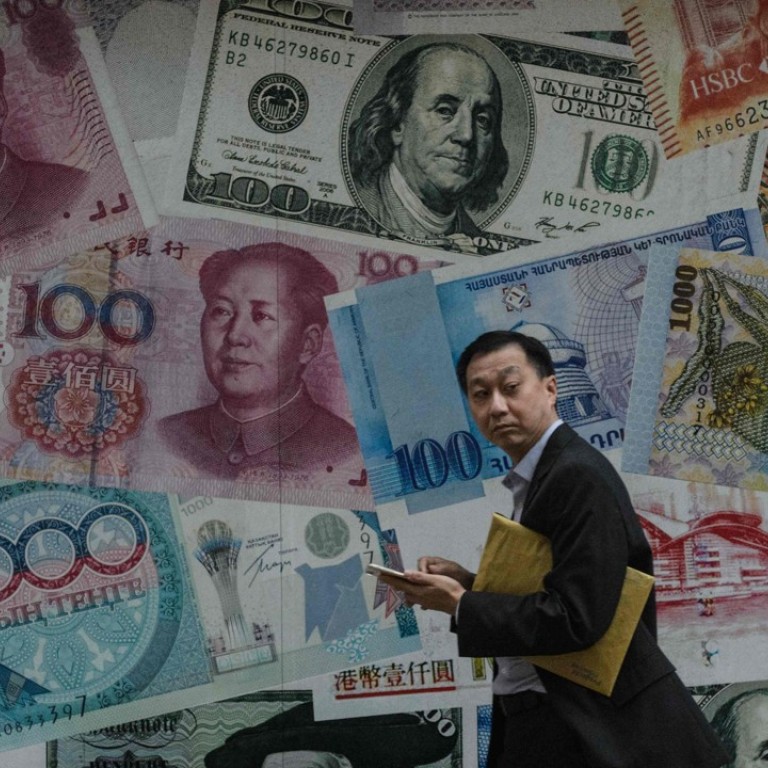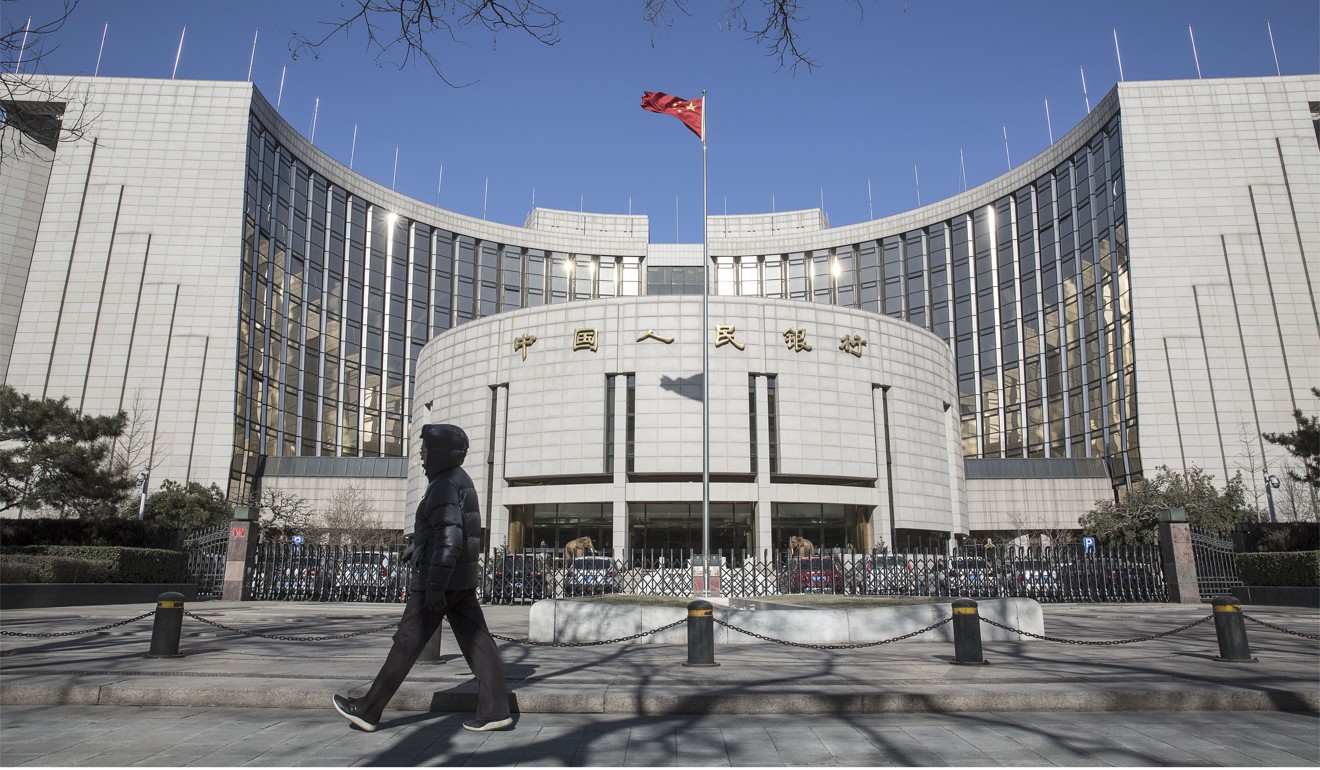
China’s top three economic ‘grey rhinos’ to watch
These risks could derail China’s growth if they’re not dealt with, say analysts
China’s economic prospects looked rosy on the surface after the country reported a “stronger than expected” 6.9 per cent growth rate for the first half of 2017.
Economists and analysts say these risks could derail China’s growth if they are not adequately addressed – and these are the three big “grey rhinos” to keep an eye on.
1. Mountain of debt
Since the 2008 financial crisis, the Chinese government has resorted to cheap credit to boost growth. It came at a cost – the country’s overall debt rose from 156 per cent of its GDP in 2008 to 268 per cent last year. That was about twice the average level of emerging economies, according to the Bank for International Settlements.
Most of the debts are incurred by China’s state-owned enterprises and local governments for projects that won’t generate enough returns to repay loans. As a result, about 60 per cent of new credit issued in 2017 will be used to repay old debts, according to an estimate from JPMorgan.
Before 2008, a dollar of investment into the economy generated 80 cents of China’s GDP, according to ratings agency Fitch. Now one dollar in new loans only produces about 25 cents of its GDP.
While a full-blown debt crisis may not be an immediate threat in China, the debt burden is set to drag down growth. “Beijing still does not realise it has to make a trade-off. A serious attempt at deleveraging will require economic and financial pain,” said Christopher Balding, an associate professor at the HSBC Business School of Peking University.
2. Drying up money supply
These days, more people are trying to get money out of China than trying to bring it in. Despite draconian capital account controls to curb outflows, China’s foreign exchange reserves are unlikely to expand significantly in the future, drying up a big source of the country’s money supply.
Financial regulators have started to squeeze off-balance activities and interbank borrowing, a move that is expected to reduce the capacity of small banks to lend.
Julian Evans-Pritchard, a China economist with consultancy Capital Economics, said restricted access to funding could cause a “liquidity crisis” for small banks similar to that which led to the collapse of US financial services firm Lehman Brothers in 2008. “There is a risk that regulation itself could precipitate problems,” said Evans-Pritchard.

3. Lack of rule of law
A risk that could be bigger than the debt build-up and high financial leverage in China is the lack of judicial independence, which is vital to protect financial transactions, according to Xu Chenggang, professor of economics at Cheung Kong Graduate School of Business.
“In a society ruled by laws, regulation assists and an independent court is at the centre of law enforcement. In China, however, the word ‘regulation’ is abused. Any direct interventions from the government in the market are all called regulation,” Xu said. “When you want everyone in the market to obey, it also implies larger risks are brewing.”
The absence of an independent judicial system and media means China’s growth lacks checks and balances. The stock market crash in 2015 was a prime example – before the rout took place, newspapers affiliated with the Communist Party remained bullish on stocks and encouraged investors to pour money in.

